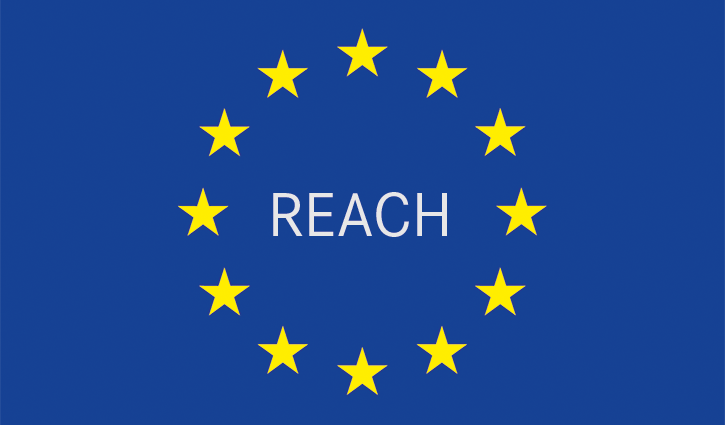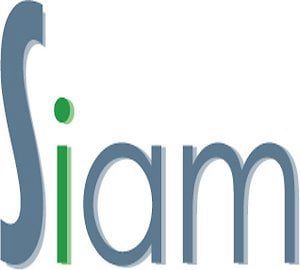Authorities and ECHA insist on compliance with authorisation obligations

Authorities and ECHA insist on compliance with authorisation obligations – The Enforcement Forum’s EU-wide project to review REACH authorisation obligations has found that the majority of users – mainly small and medium-sized enterprises – already comply with the risk management authorisation obligation. Enforcement actions by authorities during the project are aimed at getting companies to comply.
During this project, enforcement officials from 28 countries conducted 690 inspections of 516 companies. The most heavily inspected substances of very high concern (SVHC) were chromium trioxide and strontium chromate, which are used in surface treatment or chrome plating, for example. Inspections focused in particular on downstream users. In particular, small and medium-sized enterprises (SMEs), the end users of the CCS.
One in four users does not comply with conditions
In one out of four inspections (26%) of downstream users, inspectors found that the substance was not used according to the conditions set out in the European Commission’s authorization decision for their supplier. Consequently, workers or the environment in these companies were not adequately protected from potential adverse effects of SVHCs.
Information is not sufficiently shared
Inspectors also found that downstream users did not inform ECHA about their use in 20% of the controlled authorized substances. In addition, for 35% of the controlled substances, suppliers did not share information on operational conditions, risk management or monitoring arrangements – as specified in the authorization decision – with the rest of the supply chain.
Most downstream users comply with regulatory obligations
Although there is clearly room for improvement in meeting specific authorization requirements, the results show that most downstream users comply with the basic authorization obligations. 3% of inspections uncovered instances where companies were using or placing substances on the market without obtaining or applying for an authorization or falling under an applicable exemption.
Enforcement actions
When violations were found, inspectors took 254 enforcement actions to prevent all companies from complying. Actions primarily included written advisories and administrative orders, but also included fines and, in some cases, criminal prosecution.
Recommendations
The project report includes recommendations for industry, the Enforcement Forum, national authorities, ECHA and the European Commission. For example, suppliers of authorized substances must improve the quality of safety data sheets, while downstream users must ensure that the authorized substance is used according to the terms of the authorization decision.
To improve the implementation by responsible parties and the enforceability of REACH authorizations, a number of recommendations are also made to the European Commission on the content and clarity of future authorization decisions.
Background
Inspectors in the Forum REF-9 project reviewed compliance with REACH authorization requirements. Authorization requirements apply to substances of very high concern (e.g., carcinogens, substances toxic to reproduction, or mutagens) that are included in the REACH authorization list (Annex XIV).
Ziel zum Schutz der Arbeitnehmer und der Umwelt
Diese Stoffe dürfen nur verwendet oder in Verkehr gebracht werden, wenn Unternehmen oder ihre Lieferanten eine Genehmigung der Europäischen Kommission für ihre spezifische Verwendung erhalten. Die Zulassungsbestimmungen in REACH sollen Arbeitnehmer und Umwelt schützen und diese hochgefährlichen Stoffe schrittweise vom Markt nehmen.
REACH-EN-FORCE-9-Projekt
Das Projekt REACH-EN-FORCE-9 (REF-9) lief in 28 Mitgliedstaaten. Die Kontrollen fanden im Jahr 2021 statt. Die Kontrollen umfassen die Verpflichtung, vor der Verwendung oder dem Inverkehrbringen von zulassungspflichtigen Stoffen eine Genehmigung einzuholen, die Verpflichtung, diese Stoffe nur gemäß den in der Genehmigungsentscheidung festgelegten Bedingungen zu verwenden oder die Verpflichtung zur nachgeschaltete Anwender, um die ECHA zu benachrichtigen.
Darüber hinaus überwachte das Projekt den Informationsfluss zur sicheren Verwendung zugelassener Stoffe in der Lieferkette. Das Projekt schloss eine Reihe von drei Durchsetzungsprojekten des Forums ab, die sich auf REACH-Zulassungspflichten konzentrierten.
Mehr Informationen
- Forum REF-9 Projektbericht Enforcement Compliance REACH Autorisierungspflichten [PDF] [EN]
- Vollstreckungsforum
Source: ECHA
Also Read: ECHA updates recommendations to improve REACH registrations
Reservation
This information has been compiled with the greatest possible care, in some cases from different information sources. (Interpretation) errors are not excluded. No legal obligation can therefore be derived from this text. Everyone dealing with this subject has the responsibility to delve into the matter!
